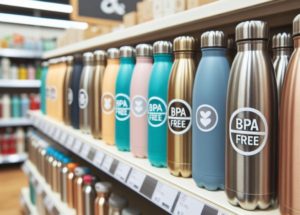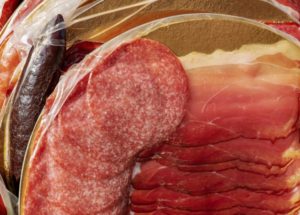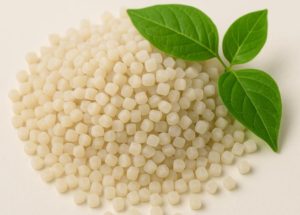Jun 11, 2025
The Reality of Post-Consumer Recycled Materials in Plastic Packaging
At a Glance Post-consumer recycled materials vary in quality, depending on source, sorting, and contamination — real-world PCR isn’t always consistent. PCR adds color/odor challenges, meaning branding, clarity, and food safety must be carefully managed. Regulatory compliance is non-negotiable, requiring PCR materials to meet FDA/food-contact standards before use. Transparent testing and supplier partnerships are essential […]
Read More +
Jun 06, 2025
Plastic Bans 101: What You Need to Know as a Food Industry Professional
At a Glance Plastic bans target specific single-use items, not all packaging — common hits include bags, foam containers, straws, utensils, and small water bottles. Rules vary widely, with a mix of city and state regulations, plus some states blocking local bans. Business impact includes packaging changes, cost shifts, and tracking compliance across regions. Trends […]
Read More +
Jun 04, 2025
BPA Explained: Should You Be Concerned for Your Food Business?
At a Glance BPA-free packaging is a top priority, as consumers and regulators demand materials without bisphenol A due to health concerns. Alternative materials like PET, HDPE, and polypropylene avoid BPA but should still be vetted for migration and food contact safety. Supplier certifications and testing ensure compliance and prevent unexpected chemical exposures. Transparent labeling […]
Read More +
May 28, 2025
The U.S. Plastics Pact: What Food Business Pros Need to Know
At a Glance Plastic pact initiatives push brands toward PCR and circular systems, driving targets like 30% post-consumer recycled content and eliminating problematic plastics. Participation reduces risk, helping companies avoid future bans and align with retailer and policy expectations. Reports and data from the Pact offer actionable market insights, guiding strategic packaging decisions. Adapting takes […]
Read More +
May 26, 2025
Understanding Carbon Footprints: A Must for Food Industry Professionals
At a Glance Understanding carbon footprints helps optimize packaging, tracking CO₂e from resin to disposal to identify reduction opportunities. Lightweight plastics lower emissions, often outperforming heavier alternatives in overall lifecycle impact. Food waste prevention is vital, as packaging that keeps food fresh significantly cuts embedded carbon. Data-driven decisions pay: using LCA tools and benchmarking leads […]
Read More +
May 23, 2025
Sealed to Perfection: The Hidden Science of Meat Packaging
At a Glance Meat packaging impacts freshness, safety, and visual appeal, using film sealing, vacuum, and modified atmosphere methods to protect quality. Different meats need different solutions — like high-OTR films for fresh fish and controlled gas blends for red meat. Lighting affects both appearance and shelf life, so retailers balance visibility with color preservation. […]
Read More +
May 19, 2025
Aluminum vs. Plastic Packaging: Pros, Cons, and Real-World Considerations
At a Glance Aluminum and plastic both have unique strengths — aluminum offers high barrier protection and recyclability, while plastics excel in light weight and design flexibility. Plastics typically have a lower carbon footprint during production and transport due to their lighter mass. Aluminum wins on reuse and infinite recyclability, but can require more energy […]
Read More +
May 16, 2025
Is PEF the Future of Fresh Food Packaging?
At a Glance PEF food packaging delivers superior barrier properties — it blocks gases and moisture better than PET, extending shelf life. It’s fully bio-based and recyclable, offering a more sustainable alternative to fossil-fuel plastics. Adoption challenges include costs and supply, but pilot projects show real-world promise. PEF fits brand goals for freshness and sustainability, […]
Read More +
May 12, 2025
How Does Film Sealing Stack Up to Rigid Plastic Packaging?
At a Glance Film sealing offers flexible protection, creating air-tight, tamper-evident pouches that conform to product shape. It’s lightweight and efficient, often using less material than rigid containers and reducing transport costs. Barrier properties vary, so film structure must match product needs (moisture, oxygen, puncture resistance). Rigid packaging wins on rigidity and stackability, but film […]
Read More +
May 08, 2025
PFAS in Food Packaging and Why You Can’t Afford to Ignore It
At a Glance Forever chemicals (PFAS) have persisted in some packaging barriers, raising concerns over chemical migration into food. Use of PFAS-coated paper and fiber containers is declining, as brands move toward safer water- and oil-resistant alternatives. Testing, certification, and supply chain transparency are critical to ensure PFAS-free packaging. Innovative barrier solutions without PFAS — […]
Read More +










